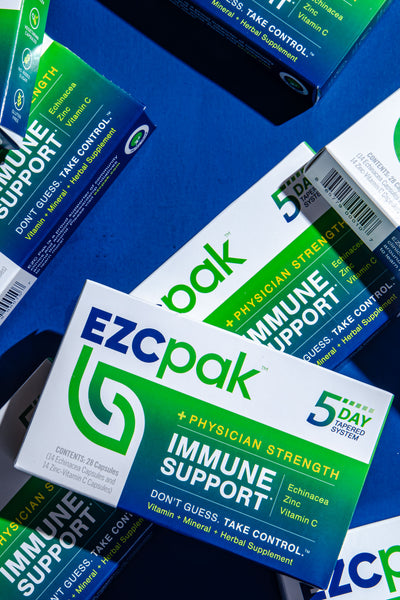The 2017-18 flu season is off to a dreadful start. During the last week of December, the flu had spread to all but four states in the country, and hospitalization rates were rising. In California, 27 infected residents under the age of 65 have died since October. In Virginia, a bodybuilder in his early twenties died days after his flu diagnosis. It should be no surprise, then, that all this terrible news has Americans asking why the flu shot didn’t work this year.
In this article, we’ll discuss several FAQs about the flu shot, including its history, how scientists and doctors prepare it each year, and why it varies in efficacy each flu season. We’ll also review the benefits to the flu shot, which do exist even in years when vaccine researchers get it wrong.
How did the flu shot come to be?
The government approved the first influenza vaccine in 1945. Civilians began using the vaccine the following year, in 1946. The vaccine was tested on military recruits and college students before it was approved for public use. Doctors Thomas Francis Jr. and Jonas Salk were major researchers in the development of the flu vaccine. They later become famous for their work on the vaccine for Polio.
The “flu shot”, as we call it today, was of utmost importance to the American government. This was in part due to the great risk the deadly virus posed to its military. According to the College of Physicians of Philadelphia, which manages the History of Vaccines, an estimated 1 in 67 soldiers died from the flu after a 1918-1919 pandemic.
How do scientists prepare the flu shot each year?
According to the CDC, the flu shot is “designed to protect against the three or four influenza viruses research indicates are most likely to spread and cause illness among people during the upcoming flu season.”
Because flu viruses change and mutate all the time, researchers review the composition of the vaccine each year. They update the vaccine as needed by determining which strains of the virus are making people sick and how widely and rapidly those versions of the virus are spreading. They also take into account the success of the previous year’s vaccine.
The CDC works with four other World Health Organizations to collaborate on the flu vaccine each year.
Why doesn’t the flu shot always work?
There are multiple reasons, according to the CDC. One of the main reasons is that the viruses isolated for the flu shot must be grown in eggs. Some virus strains don’t grow well in eggs, making the vaccine less effective.
Another reason: timing. Some years, certain versions of the flu virus don’t materialize and start spreading until late in the season. At this point, it’s difficult to include that virus in the vaccine -- it takes six months to prepare a flu vaccine for delivery to the public.
Why would I need a flu shot if it’s not working well?
There are benefits to a flu shot besides total immunity. An article in Popular Science reminds readers that even a poor-performing vaccine beats out no vaccine at all. “The vaccine can still help your body fight off some of the virus, which lessens your symptoms and makes you less likely to be hospitalized,” the article reads. “And it could even help you avoid getting sick altogether.”
The CDC states that all Americans over the age of 6 months should get a flu shot. The flu vaccine is safe for pregnant women. There are some rare exceptions for those with life-threatening allergies to ingredients of the vaccine. Those who have had Guillain-Barré syndrome should not always get the vaccine.





